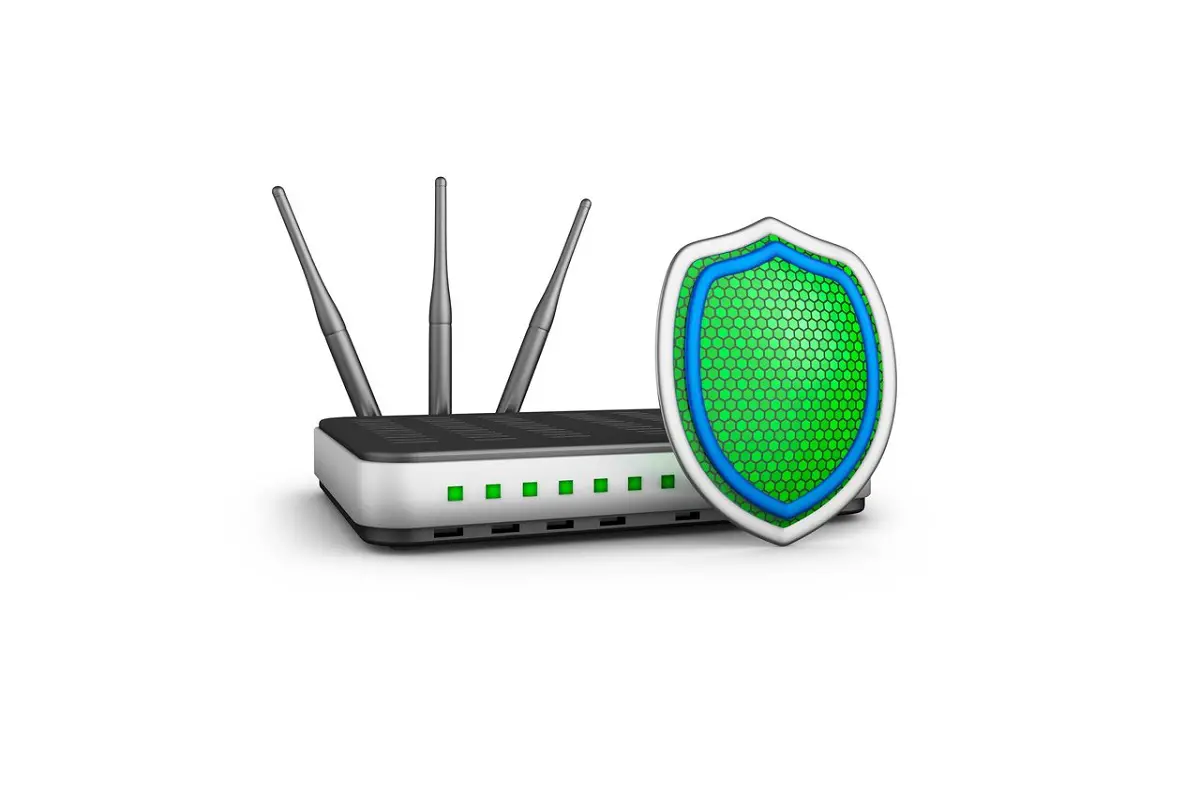Listen to the Podcast:
With the increasing reliance on the Internet for daily activities, the security of our Internet-connected devices is becoming more critical than ever. One of those devices that we often overlook is our router. As the gateway to our home networks, routers are constantly under threat from malicious hackers. This raises the question: is your router able to be hacked online? In this article, we’ll explore what happens when a router is hacked, router vulnerabilities, and steps you can take to protect yourself from router attacks online.
What happens when a router is hacked?
When a router is hacked, it can have significant consequences for the person or organization affected. Here are some of the things that can happen when a router is hacked according to technical troubleshooting expert, Xtrium:
- Unauthorized network access – Once a hacker gains access to a router, they can easily gain access to all devices connected to the network. This means that those who hack into your router can see, modify, or steal sensitive information such as login credentials, financial information, or personal data.
- Malware Infections – A hacker can use a hacked router to distribute malware to all devices on the network. This can include viruses, spyware, ransomware, and other types of malicious software that can compromise the security and privacy of affected devices.
- DDoS Attacks – A hacked router can be used to launch Distributed Denial of Service (DDoS) attacks on websites or other online services. This involves flooding the target with traffic from multiple sources, which can overload the target’s servers and cause them to crash.
- Unauthorized modifications to the router: A hacker can modify the settings of the router, including the DNS server settings. This can cause users to be redirected to malicious websites or fake login pages, which can be used to steal login credentials.
- Unauthorized access to cameras and other IoT devices: Many modern routers also act as hubs for Internet of Things (IoT) devices such as cameras, smart thermostats, and home assistants. Once a router is hacked, a hacker can gain access to these devices and use them for malicious purposes.
- Identity theft – A hacker who gains access to a router can steal sensitive information such as names, addresses, social security numbers, and credit card information. This information can be used to commit identity theft, financial fraud, and other types of cybercrime.
If you suspect that your router has been hacked, it is essential that you take immediate action, such as resetting the router to its default settings, updating the firmware, and changing all passwords.
Router Vulnerabilities
Routers are essential devices that connect our devices to the Internet and allow us to browse the web, stream media, and work remotely. However, they are also vulnerable to various types of attacks, which can compromise our security and privacy online.
A common vulnerability of routers is outdated firmware. Firmware is the software that runs on the router, and like any software, it can have security flaws that hackers can exploit. Routers that are not regularly updated with the latest firmware are at higher risk of being hacked.
Another vulnerability of routers is weak passwords. Many people use default passwords that came with their routers, which are easy for hackers to guess. Also, many people use simple, easy-to-guess passwords like “1234” or “password.” Hackers can use brute force attacks to guess passwords and gain access to routers.
Router ports are another area of vulnerability. Many routers have ports that are left open for remote access, which can be exploited by hackers. If a hacker gains access to a router’s open port, they can use it to launch attacks on other devices on the network or even the entire Internet.
Finally, routers are vulnerable to phishing attacks, where hackers use social engineering tactics to trick users into revealing their router login credentials. This can happen through fake emails or websites that mimic legitimate ones.
In general, routers are vulnerable to various types of attacks and it is essential to take measures to protect them.
Steps to protect your router from online attacks
Here are some steps you can take to protect your router from online attacks:
- Regularly update the firmware – Be sure to regularly update your router’s firmware with the latest security patches. Most modern routers have automatic update features that can be enabled to keep the firmware up to date.
- Use strong passwords – Use strong and unique passwords for your router login credentials. Avoid using easy-to-guess passwords, such as “password” or “1234.” Instead, use a combination of upper and lower case letters, numbers, and symbols.
- Disable remote access – If you don’t need remote access to your router, disable it to reduce the risk of remote attacks.
- Change Default Login Credentials – Change the default login credentials for your router to something more secure.
- Enable WPA2 encryption – WPA2 encryption is a security protocol that encrypts data transmitted over a Wi-Fi network. Be sure to enable WPA2 encryption on your router to protect your network from attacks.
- Use a strong network name: Use a unique, hard-to-guess network name for your Wi-Fi network. This can make it difficult for hackers to identify and target your network.
- Use a firewall – A firewall can provide an extra layer of security by blocking unauthorized access to your network. Many routers have built-in firewalls that can be enabled.
In conclusion, routers are vulnerable to various types of attacks and it is essential to take measures to protect them. By regularly updating firmware, using strong passwords, disabling remote access, changing default login credentials, enabling WPA2 encryption, using a strong network name, and using a firewall, you can significantly reduce the risk of router attacks on line.
Subscribe to our latest newsletter
To read our exclusive content, sign up now. $5/month, $50/year
Categories: Technology
Source: vtt.edu.vn
